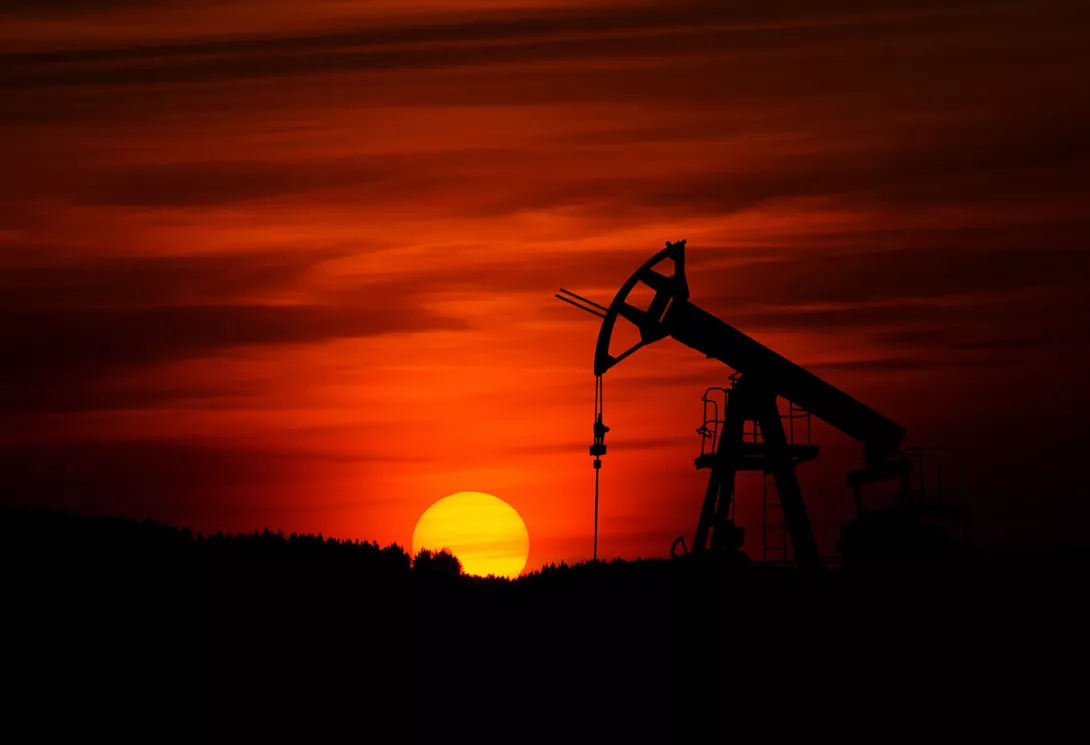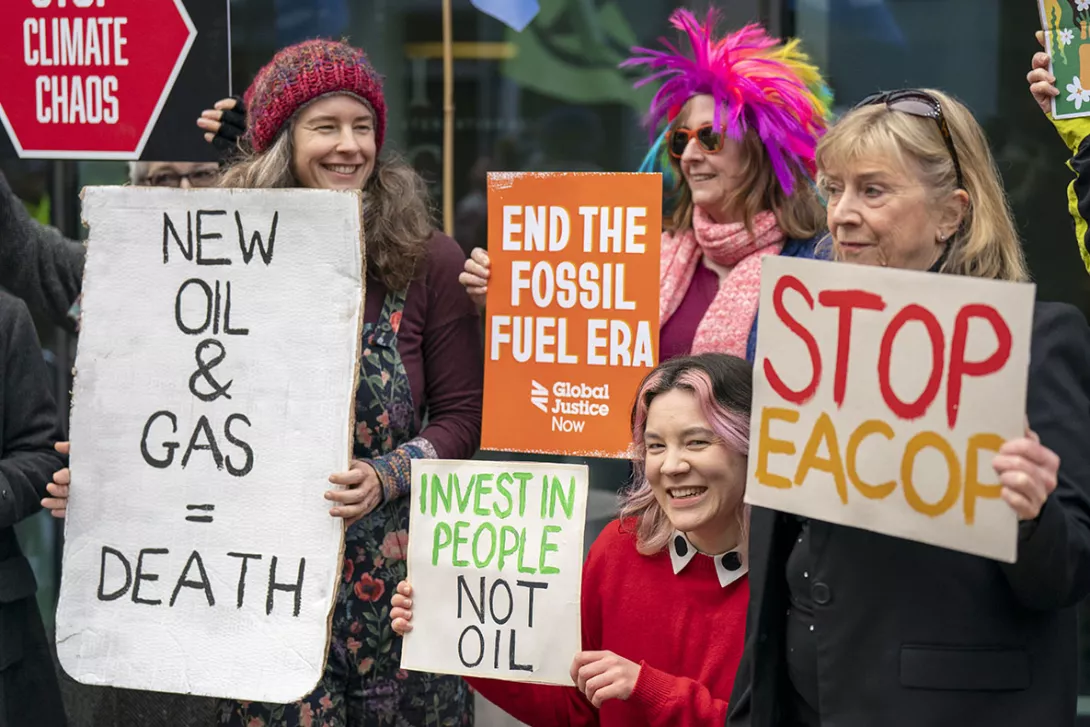
IN Alberta, Canada, the ground underneath the forests and on the banks of rivers is saturated with oil. Unlike conventional oil reserves where there are great lakes of oil underground, this oil is mixed in with sand and rock in a sticky mixture: oil sands.
These deposits have been known about for a long time. First Nation peoples had used oil sands before the arrival of settlers, boiling the sand to extract the bitumen — thick crude oil — and mixing it with pine resin to waterproof their canoes.
For a long time, there was little other use for the oil sands, and settlers considered them a curiosity. This changed as oil became the lifeblood of the world’s economy in the 20th century.
Inventors tried again and again to work out how to extract bitumen from the claggy mixture on a large scale. Early efforts in the 1920s used hot water and caustic soda.
In the 1950s, there was a proposal to use nuclear bombs to boil the bitumen underground. An employee of the International Bitumen Company wrote that it was unlikely to work: “If it does not turn the whole deposit into a burning inferno it is almost sure to fuse it into a solid mass.” Fortunately, the proposal never happened.
The oil sands industry grew gradually over the late 20th century. Although there had been smaller operations, the first big mine opened in 1967 near Fort McMurray.
However, the oil sands were protected from severe exploitation through the decades that followed, because low oil prices meant it wasn’t cost-effective to mine.
It was only in the 21st century that an increase in the price of oil made oil sands ventures take off. Several new mega-mines opened and the industry flourished.
The extraction of oil sands is ecologically destructive. Not only does it emit more greenhouse gases than other mining because of the energy needed to separate the oil sands, but it also produces toxic slurry.
The slurry left over from the extraction process is put into massive tailings ponds. Here water is meant to separate over time, while the toxic dregs settle and are kept away from the wider environment.
But of course, “leaks” happen. In March 2023, the Athabasca Chipewyan First Nation found out that toxic mine waste had been leaking into rivers.
Chief Allan Adam told the Guardian that he’d warned his community not to eat fish they’d caught: “I just got back from an elders meeting and I told everyone to get rid of whatever you harvested. Throw it out. Don’t even feed it to your dogs.”
The company that owned the mine, Imperial Oil, had known about the leak from the tailings ponds nine months previously, but hadn’t informed the community.
People had been told only that “discoloured water” was discovered, but not that the regulator knew what the reason was. Ponds had overflowed multiple times, but Imperial Oil professed not to know how much contamination had leaked.
As well as degrading the landscape, ripping up forests, and emitting CO2, the oil sands extraction process also emits other carbon gases which evaporate from the mined gloop, creating air pollution by forming ozone and particulate matter.
Currently, only a subset of possible compounds are monitored and reported by industry. The assumption is that these are a proxy for the total, but a new study published in Science this month shows that this isn’t true.
The work was a collaboration between scientists at Yale University and those at the Air Quality Research Division of Canada’s federal Environment and Climate Change agency.
The researchers flew over 17 oil sands operations with a plane that had monitoring instruments that could collect all carbon-based compounds in the air, not only the subset reported by industry.
The results prove that pollution in the form of total organic carbon emissions is massively underreported. The researchers estimated that annual emission rates from oil sands extraction are between 20 and 64 times greater than those in official reports.
The emissions are at least 10 times greater than those from a US megacity like Los Angeles and are equivalent to the whole of Canada.
Indigenous communities have long raised the issue of poor air quality downwind of oil sands mines, and this study gives further legitimacy to their protests.
“If this industry was close to an urban city, there’s no way this would happen. There would be way more outcry,” atmospheric chemist Nadine Borduas-Dedekind told Nature.
The research proves that official reports underestimate the contribution of oil sands mining to air pollution. In this case, no laws have been broken, but the regulations are simply inadequate.
An industry representative told Nature that they simply complied with what the regulator asked: “We look forward to working together to explore opportunities to further enhance our measurement practices.” But a report from last year from InfluenceMap showed that the industry consistently lobbies against measures that “add costs and regulatory burden.”
Last year, the former Canadian minister for environment and climate change said that the industry “continues to advertise that it’s committed to net zero while lobbying against the climate action needed.”
Ideally, governments would ban or heavily restrict toxic mining. But short of that, new regulatory requirements that more accurately capture the true level of air pollution would help make it more expensive — which is better than nothing.
Mining is an industry where the companies never pay the true cost of the damage caused by extraction.
Current estimates are that there are at least 1.7 trillion barrels of bitumen in the oil sands. However, only 10 per cent of them are economically feasible to recover with existing technologies. The rest is safe — but only for now.

















